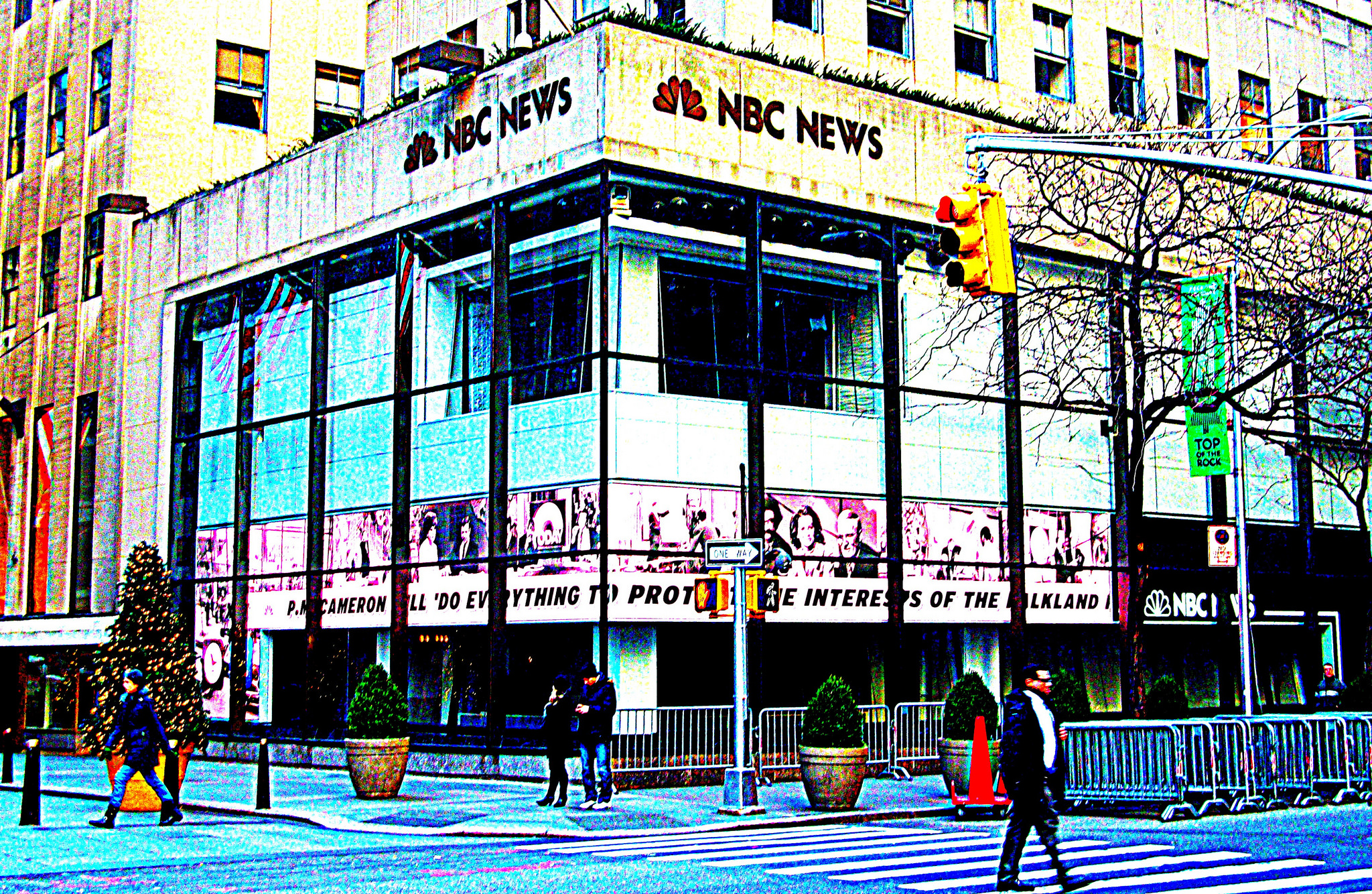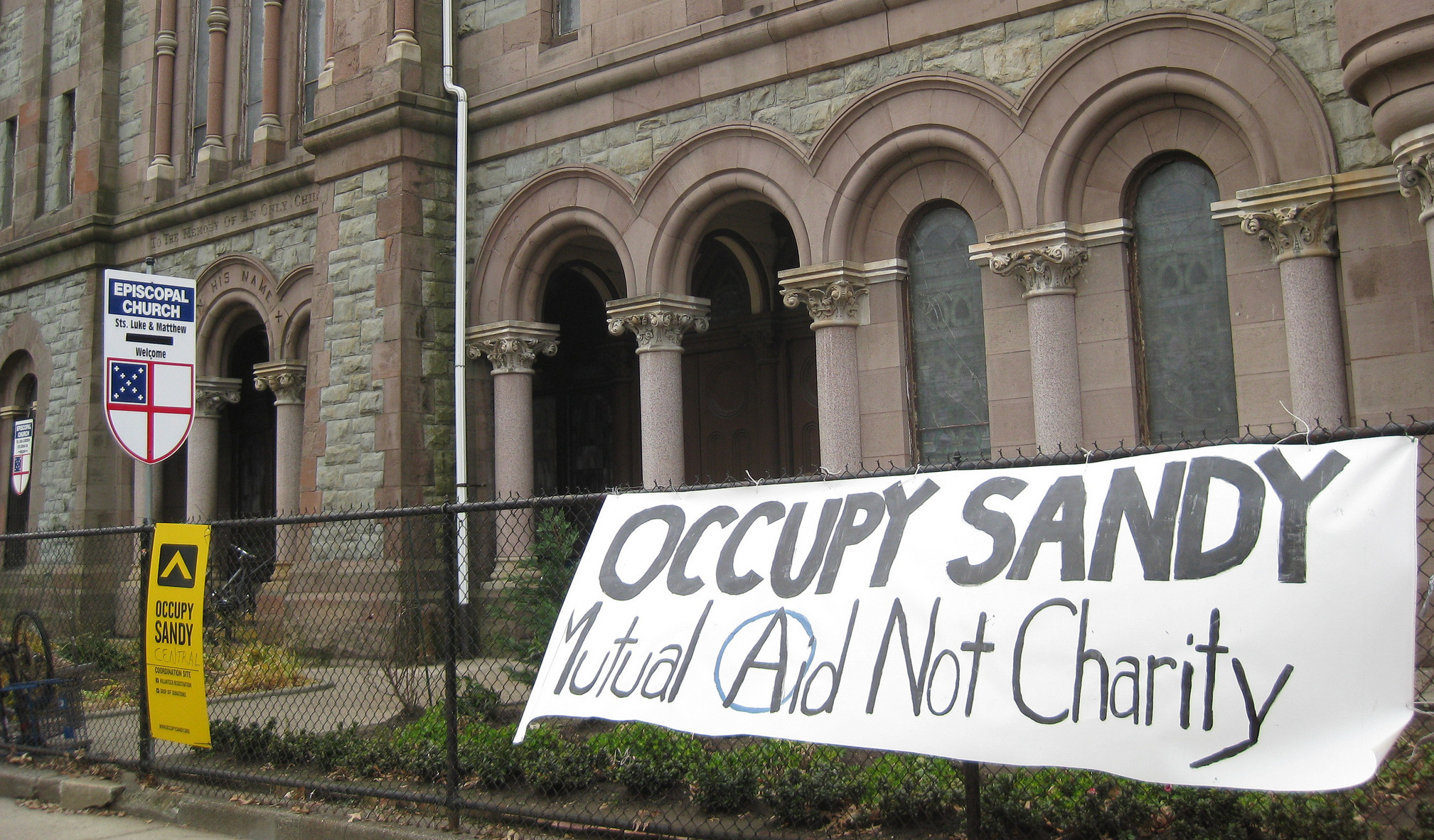The science of global warming tells us that we can expect more severe weather and more severe weather events, like floods, heat waves, droughts and hurricanes. Though no specific weather event can be definitively blamed on climate change, responses to recent natural disasters provide valuable insights into how urban populations can recover their infrastructure quickly, identify the most vulnerable areas, and increase their chances of survival.
As this article went to press, Japan was being battered by Super Typhoon Vongfong, and meteorologists were warning that 40 million Americans could face especially severe storms including tornadoes and severe thunderstorms. Earlier this year, severe floods threatened several communities in London.
After disasters like Hurricane Katrina or Hurricane Sandy, groups like Common Ground and the Red Hook Initiative received national media attention for offering more effective support to victims than large groups like the Federal Emergency Management Agency or the Red Cross. This was possible because grassroots groups relied on pre-existing community ties while also embracing new technologies like social media, as in the case of groups like Occupy Sandy, a community that was built and organized to help the victims of this storm to recover.
And while Wall Street reopened two days after Hurricane Sandy made landfall, millions of residents spent much longer in the dark. Even climate change researchers were victims of the power outage.

